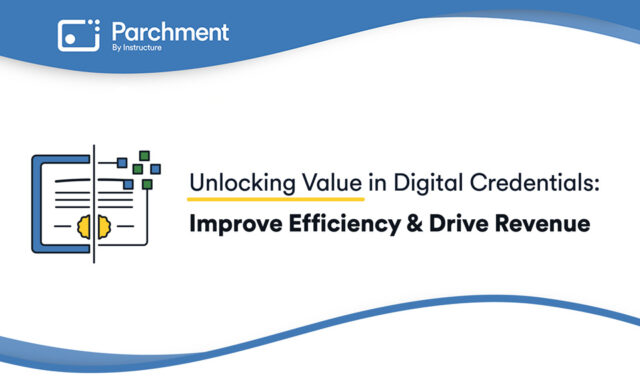The conversation surrounding college prep, dual enrollment, and AP coursework is heating up nationally. You know that Advanced Placement courses and dual enrollment at community colleges can both give students the boost they need to succeed at a four-year university and beyond. But, when a student comes to ask you which is better, do you know what response to give?
Don’t worry if you’re unsure of the answer – parents, administrators, counselors and even researchers have debated this question since high school students could start receiving college credits. Both options have their benefits, but they each have drawbacks as well.
For instance, dual enrollment can give students a better taste of college life, but learners risk wasting their time if they’re not careful. According to the latest research from the U.S. Government Accountability Office, a significant number of students who try to transfer credits between schools are either prevented from doing so or face extreme difficulty. In fact, students who transferred between 2004 and 2009 lost an approximate 43 percent of their college credits, forcing them to take classes over again.
That said, AP courses have their own headaches. Students take these classes alongside their fellow high schoolers, which leaves them unprepared for a true college experience. What’s more, their ability to transfer credits depends not on the time spent in class but on the result of a single test: the AP exam. This means students run the risk of not scoring high enough, squandering their efforts to bypass a few entry-level college courses.
Making the choice: AP or dual enrollment?
So what’s the consensus? Which option is better for a student’s future? Despite their shortcomings, the opportunity for success is relatively equal for both.
“It really depends on the individual student’s circumstances,” said Nicole Buesse, a high school counselor, to the St. Louis Post-Dispatch. “Both are very good options.”
What’s most important is that students understand how their credits will be transferred to the four-year college of their choice. Essentially, the question isn’t one of AP versus dual enrollment but enrollment requirements versus enrollment requirements. If a student’s favored school is more likely to accept a lower AP score and less likely to accept community college credit – as is sometimes true of elite universities – that individual is better off taking AP classes instead of dual enrollment. On the other hand, if the student wants to attend a state school that has partnerships with local community colleges, he or she should probably choose dual enrollment.
Unfortunately, finding which choice is better for a student’s success can be difficult. As the GAO pointed out, many four-year schools leave students in the dark when it comes to transfer information. This means that high school juniors and seniors aren’t clear about which will have the most impact on their college career: dual enrollment or AP.
Still, there has to be something that you can do to support your students, right?
Helping students receive their credentials
Right! One essential thing you can do to help your students succeed when it comes to AP versus dual enrollment is to ensure your school can easily send and receive credits. Dual enrollment can reduce the expense of a four-year college, but students have to request their credits to be sent to the high school in order to complete their diploma. Likewise, four-year schools need more than a student’s AP exam scores; they need records of the students’ classroom grades. Parchment makes the process of sending and receiving credentials quick and painless, transferring secure information from sender to receiver in the blink of an eye.
As students decipher which educational option works best for them, you can support their future by making sure their credentials are right in their hands. See how Parchment can help with your credentials.
There’s always more to learn.




